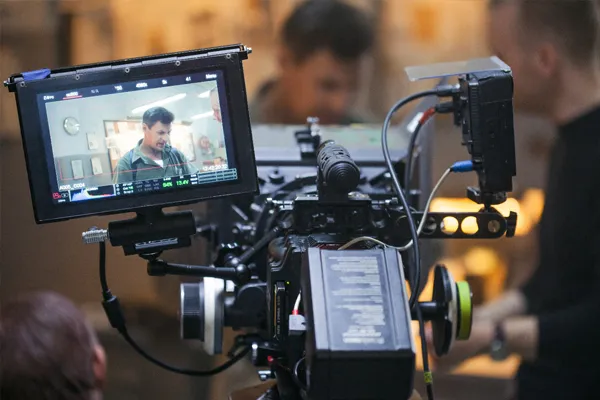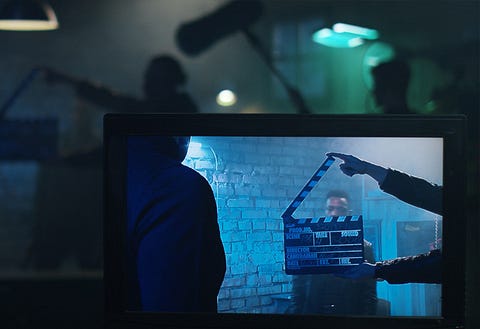
Screenwriting is a process of setting characters in motion and as a writer chasing them to know where they are and what they would do in any scene. Hallmark of a delightful story is one that has well thought out characters with strengths and weaknesses that are relatable to the audience. They don’t have to personally experience it, but they should be able to feel the emotional range of the characters to believe their reason to exist & persist. Whether it is a romantic comedy or a whodunnit, there is a certain formula to it. However, a good screenwriter would ensure that their characters and story stand out even in an often sort after genre.
Here are 5 tips to developing a compelling protagonist and antagonist that your audience would love:1. Character Attributes + Arc
Make an organized list of attributes for both your protagonist and antagonist. Take your time to define their history and what led them to inherit their strengths and weaknesses, give them life before you start writing your first scene. A strong character arc will draw your audience in and help you hold their attention.
2. Point of View
While writing remember, for both your protagonist and antagonist to stand out and connect with the audience, you will need to write them with two separate points of view. Spend time and reflect on their attributes and intentions and their frame of mind while approaching the same situation. This will help justify their character arc.

3. Define the goal
A protagonist and antagonist are working towards a common goal and their intentions and obstacles is what moves the story forward. Take your time to determine that goal as it is integral to both your protagonist’s and antagonist’s story — and make sure they clash.
4. Success & redemption
You don’t have to be preachy and yet through the lens of your protagonist and antagonist, show that success comes at a cost and that every action is followed by redemption. When your protagonist finally succeeds, in whatever way or form, there’s always a cost. Perhaps it’s the cost of friends, lives, or close relationships. While your antagonist’s redemption is small and personal. Sometimes there is no redemption, but a lesson taught to the audience.
5. Character growth
To change or not to change the character’s intentions and beliefs — be it your protagonist or antagonist. While it is irresistible to show growth in your characters, evaluate the reason and juncture for a change of heart. If you are not convinced with it, your audience will not either.
Reference Links:
www.nfi.edu/foley-artist
www.sound-ideas.com/Page/what-is-foley
www.studiobinder.com/blog/what-is-a-foley-artist
www.nfi.edu/foley-artist
www.sound-ideas.com/Page/what-is-foley
www.studiobinder.com/blog/what-is-a-foley-artist


